
It doesn't matter how much or how little one pays for the home, there will be issues. It doesn't matter if the house is old or new construction, there will be issues. With that said, it is important to me that when I meet with my clients that I take the time to explain things to them so they understand the issues and can make an informed decision as to whether or not they want to move forward with the transaction or ask the seller to make repairs.
Bennett Property Inspection has compiled a list of our ten most commonly found defects during our inspections. This list is by no means exhaustive, just what I see most frequently.
- Problems with installation of roofing materials are the single most common defect we find. Usually it doesn't mean the roof needs replaced, but rather that it is in need of maintenance or repair. That said, we do find roofs that need total replacement. Tile roofs are particularly problematic here in Florida.
- Plumbing leaks in and around the crawl space as well as dripping faucets, leaking fixtures, slow drains. Older homes are especially vulnerable if they still have their original cast iron or galvanized piping.
- Defective or missing GFCI (ground fault circuit interrupter) outlets in bathrooms, kitchens, garages, laundry rooms and outside.
- Visible open wire connections in the crawl space, attics and garages.
- Wet and damp crawl spaces
- Water Heater installations not being fully compliant with plumbing codes
- AC issues most common being leaky duct connections and dirty or moldy evaporator coils.
- Loose toilets
- Dishwashers not secured to the granite countertop
- Outlets that don’t work
http://www.bennettpropertyinspection.com/

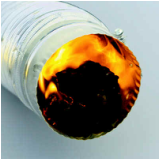
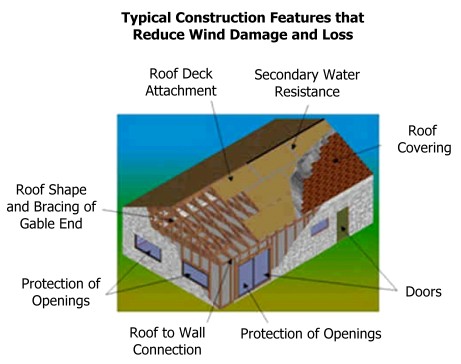
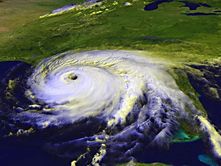
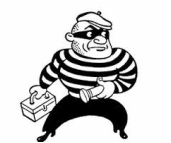
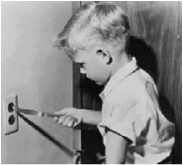

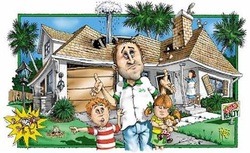
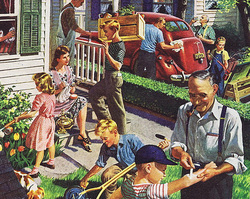
 RSS Feed
RSS Feed

